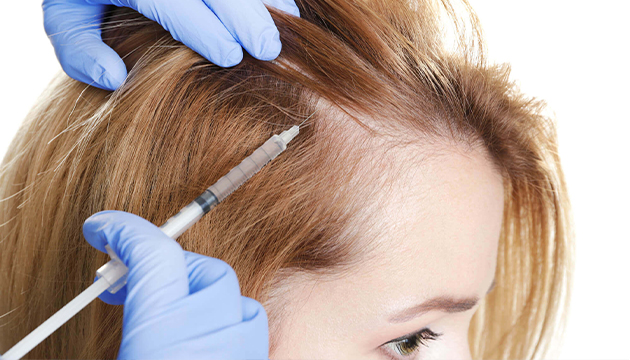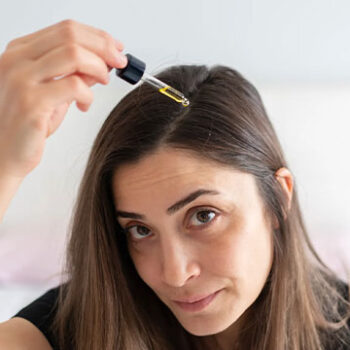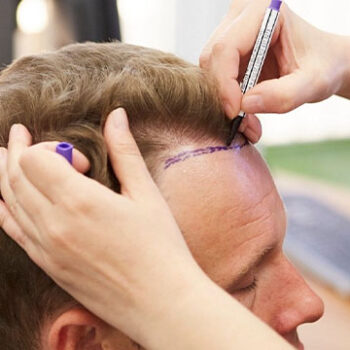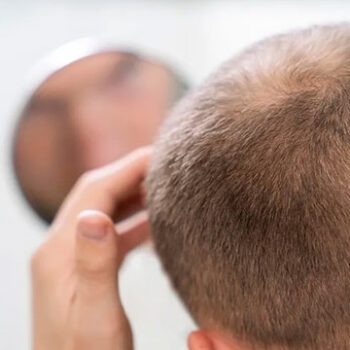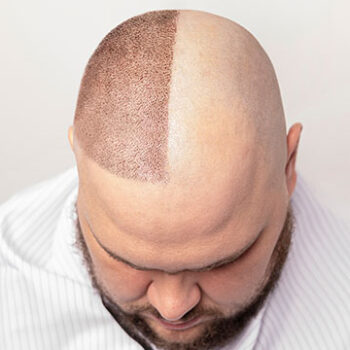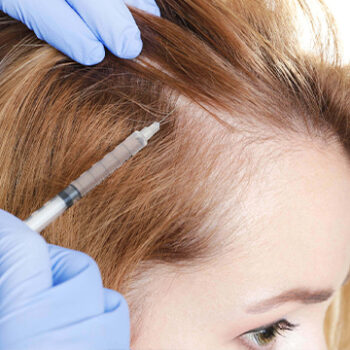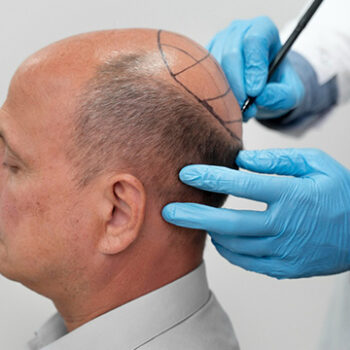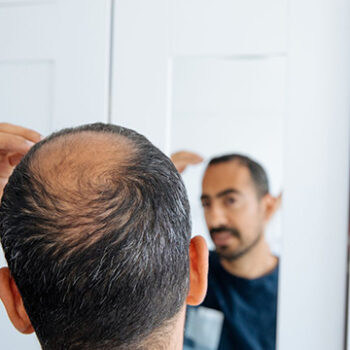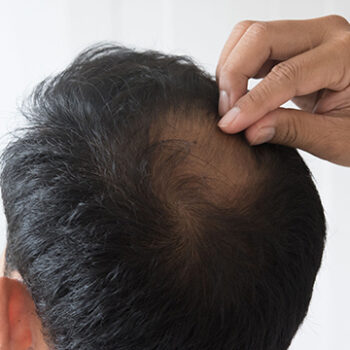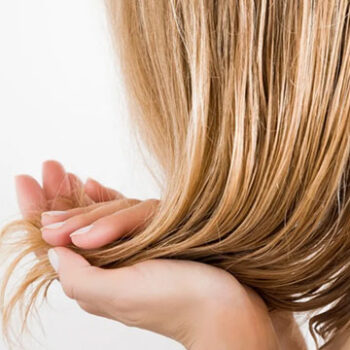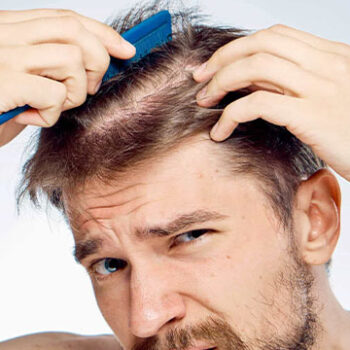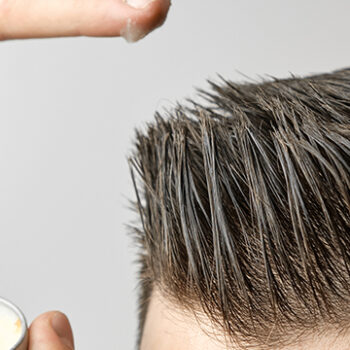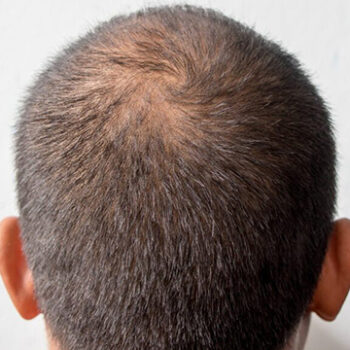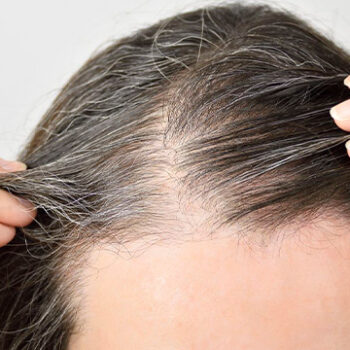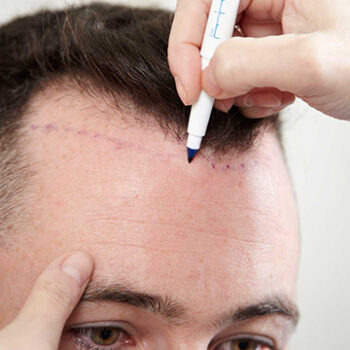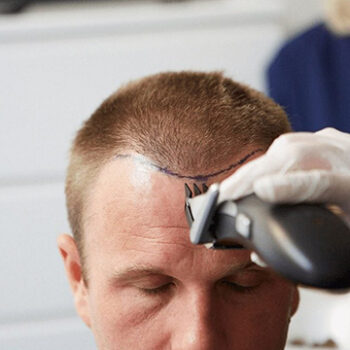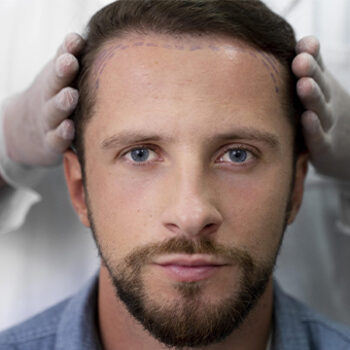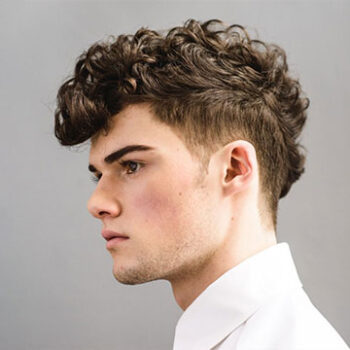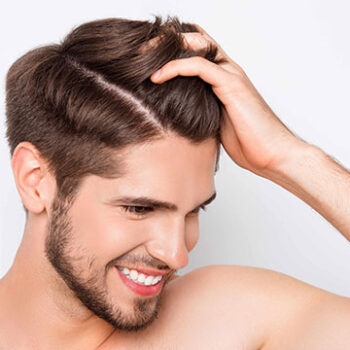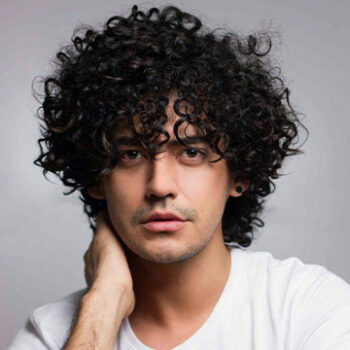One of the most curious topics for women who have undergone hair transplant procedures is whether transplanted hair can be tied. This question arises from women’s daily habit of tying their hair and aesthetic preferences. Hair tying requires a careful approach in terms of timing, technical details, and proper application methods.
Critical Time Periods for Hair Tying
Hair tying after hair transplant must be planned in terms of timing. For the first 2-3 weeks, absolute protection must be provided for the settlement of transplanted follicles. Any pulling, pressure, or tension during this period can cause follicle loss.
Between 4-6 weeks, very light and loose hair tying can be performed. However, even during this period, the use of hair bands or clips should be extremely careful. Tight hair tying can negatively affect the healing process by affecting blood circulation.
After 8-12 weeks, normal hair tying routine can be gradually resumed. During this period, transplanted hair begins to adapt to the natural hair cycle and becomes more resilient.
Safe Hair Tying Techniques
Hair tying after hair transplant in women requires special techniques. Instead of traditional hair tying methods, gentler and follicle-friendly approaches should be adopted.
The low ponytail technique is the safest hair tying method after hair transplant. With this technique, hair is loosely gathered at neck level and minimum pressure is applied to the transplant area. The hair band should be chosen from soft fabric and non-elastic type.
Braiding techniques should absolutely not be applied for the first 6 months after hair transplant. French braids, fishtail braids, or tight braid styles can damage the hair in the transplant area.
Hair Accessories and Safety
Accessories to be used in hair tying after hair transplant should be chosen very carefully. Metal clips, hook hair clips, and hard plastic accessories can damage the scalp.
Soft fabric hair bands are the safest option after hair transplant. These bands help gather hair without touching the hairline. Additionally, bands made from breathable fabric maintain the moisture balance of the scalp.
Silk hair ties create less friction than regular elastic bands and prevent hair breakage. This feature is especially important during the sensitive period after hair transplant.
Hair Length and Tying Options
Hair length before hair transplant directly affects post-procedure tying options. Women with short hair have fewer options after hair transplant, while women with long hair can find more alternatives.
Women with medium-length hair can make a bob-style low bun 6-8 weeks after hair transplant. This style is an ideal choice both aesthetically and for hair health.
Women with long hair can make a loose chignon 3-4 months after hair transplant. This technique minimizes pressure on the transplant area by distributing the weight of the hair to the neck area.
Professional Life and Hair Tying
Working women may experience concerns about hair tying after hair transplant due to professional appearance requirements. This situation arises from workplace dress codes and social expectations.
Women working in office environments can achieve a professional appearance by using hair bands or light scarves for the first 4 weeks after hair transplant. This method provides adaptation to work life while protecting the transplant area.
Women working in education, healthcare, and customer service fields may seek more flexible hair tying options after hair transplant. In this case, half-up or side hair tying techniques can be used.
Sports and Activity Adjustments
Women with active lifestyles should develop special strategies for hair tying during sports activities after hair transplant. Sweating and hair movements during exercise can affect the transplant area.
Low-intensity activities such as yoga and pilates can be performed with loose hair tying 3-4 weeks after hair transplant. Using hair bands during these activities is beneficial for sweat absorption and hair control.
Running, fitness, and intense cardiovascular exercises can be performed 6-8 weeks after hair transplant. During these activities, using a sports cap is recommended and hair tying should be done before exercise.
Night Routine and Hair Protection
The night routine after hair transplant affects daytime hair tying habits. The way hair is tied at night determines morning hair appearance and the health of the transplant area.
Night hair tying should be very loose and focused on the upper area. Tight night buns or tying in a way that applies pressure to the head can spoil morning hair appearance.
Using silk pillowcases is an important part of the night protection strategy after hair transplant. Silk helps protect the transplant area by reducing hair friction.
Seasonal Factors and Hair Tying
Seasonal weather conditions affect hair tying preferences after hair transplant. Summer heat and humidity increase the necessity of hair tying, while winter hat use requires different strategies.
In summer months after hair transplant, hair tying may be preferred for sun protection. However, this tying process should be planned to provide UV protection and the transplant area should be protected with sunscreen.
In winter months, the use of berets and hats can affect the way hair is tied. These accessories can be used 8-10 weeks after hair transplant and hair tying should be done considering hat compatibility.

 English
English Français
Français Deutsch
Deutsch Türkçe
Türkçe 中國人
中國人